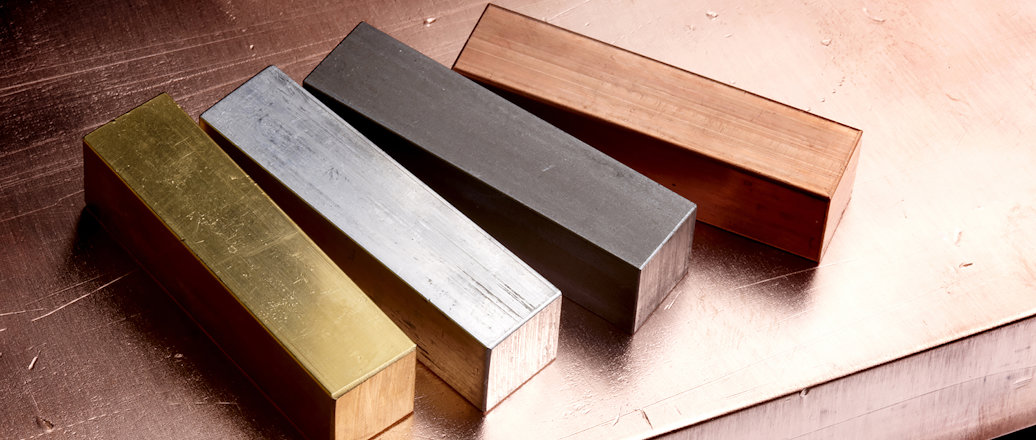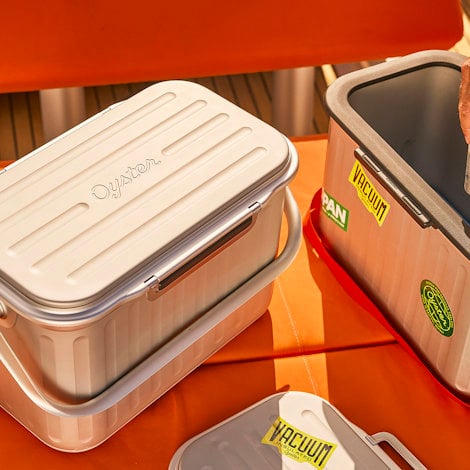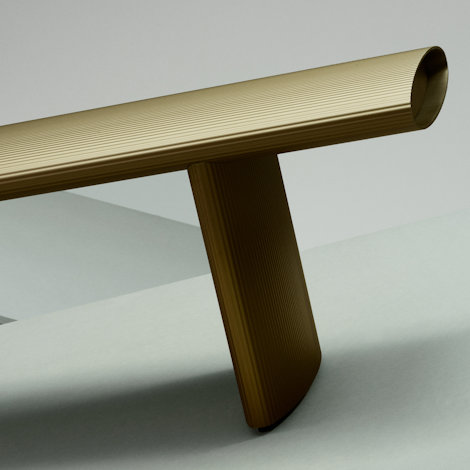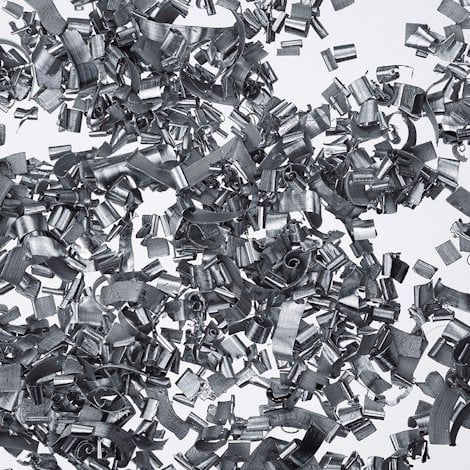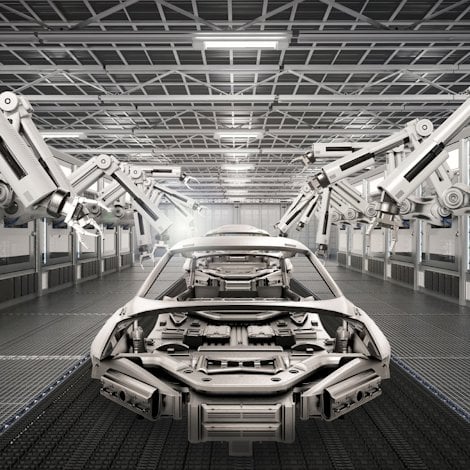Material substitution to secure the competitive advantage of your products
Are the products you manufacture today the ones that will secure your future tomorrow? Keeping your products in front of the rapidly changing needs of your customers may force you to consider material substitution. This change process requires a systematic approach.
Dr. Mahmoud M. Farag, an expert in the field of material selection, highlights the most common reasons behind material substitution:
- Taking advantage of new materials or processes
- Improving service performance, including longer life and higher reliability
- Meeting new legal requirements
- Accounting for changed operating conditions
- Reducing cost and making the product more competitive
If this reflects your current market situation, then I suggest that you start by analyzing the actual product.
Substituting materials to meet changing product requirements
Start with your objective. Identify the material that can achieve the product requirements you need. The material of choice should then be developed specifically for the application.
This may require redesigning your product, because it is not always possible to realize the potential of the new material unless the component is redesigned.
Aluminium has few design limitations, especially when it comes to extruded aluminium. This makes aluminium a smart alternative in products where strength and weight are factors.
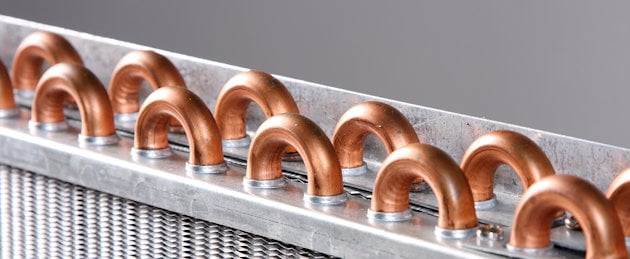
Material substitution with aluminium
Besides its strength and light weight, aluminium has other properties that are suitable for many types of product applications and it is considered an excellent material in today’s circular economy.
Aluminium competes with materials such as wood and polyvinyl chloride, as well as with the metals copper and steel. Copper is heavier than aluminium and about three times more expensive, while aluminium is pricier than steel. Such cost differences normally create a competitive advantage, because cost matters.
But cost alone is not reason enough to change materials. Material substitution is an evolutionary process that requires material research, market knowledge and time. And as with all types of change processes, you may meet forces that resist change, such as tradition, or people.
In other words, your fact-based arguments may not be enough. You need the heart as well as the head. So don’t forget the emotional encouragement.
Steps toward substitution
I’d like to conclude with another reference to Dr. Farag, from his book on materials and process selection. He lists three steps that I believe are always important to keep in the back of your mind with regard to material substitution.
- Material substitution is an ongoing process and materials used for a given product should be reviewed regularly through a materials audit process
- In substituting a new material for an established one, the characteristics of the new material should be well understood and that advantages outweigh the drawbacks of adopting it
- Risk, cost of conversion and equipment needed, as well as the environmental impact, need to be carefully evaluated.
My technical team and I would be happy to answer your questions about substituting aluminium in your application.

